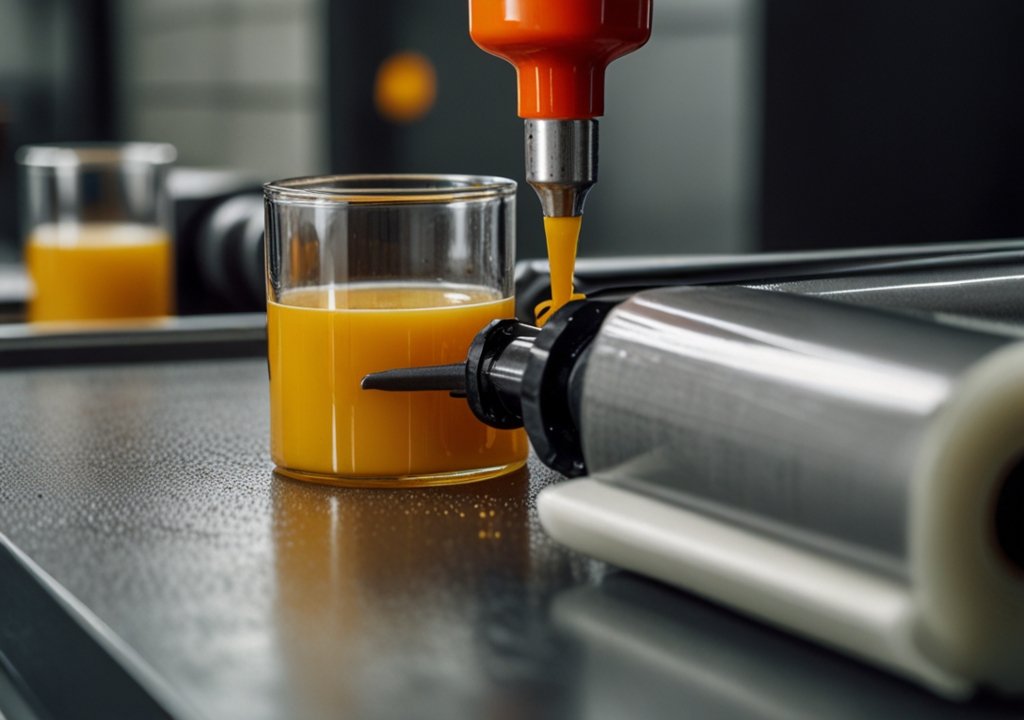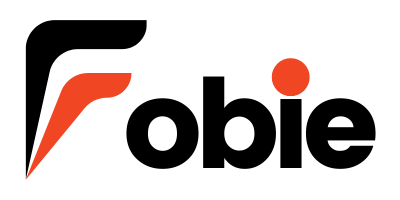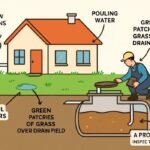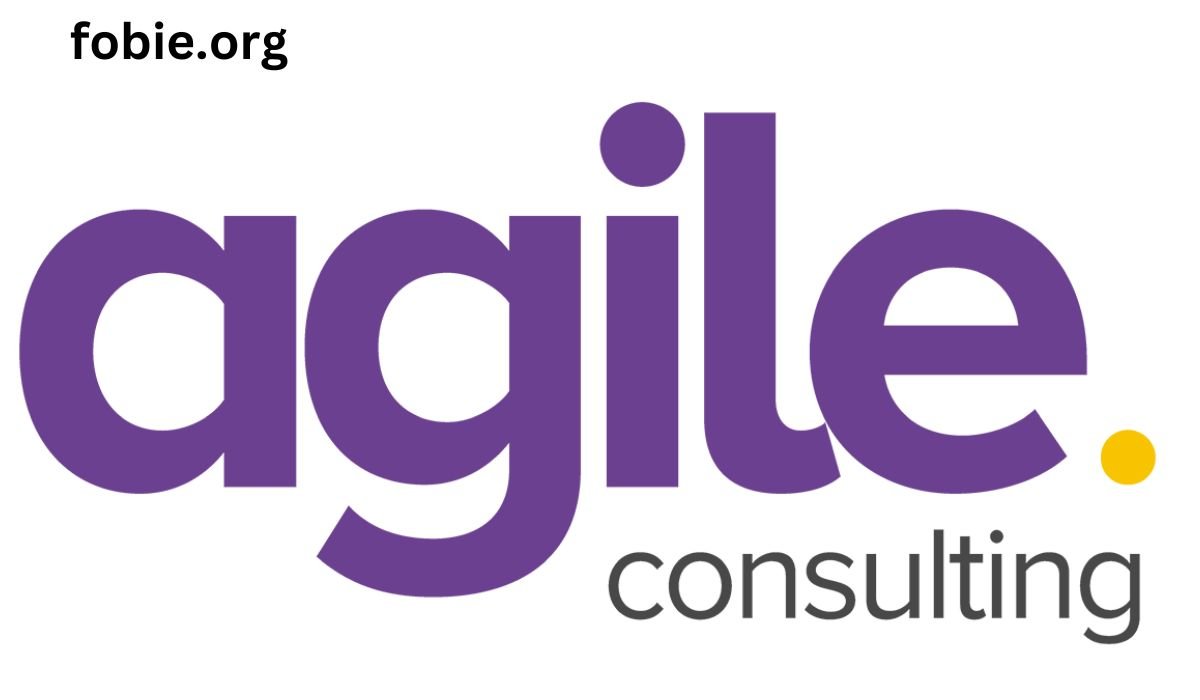Table of Contents:
- Synthetic Adhesives
- Natural Adhesives
- Hot-Melt Adhesives
- Pressure-Sensitive Adhesives
- Structural Adhesives
- Dispersion Adhesives
- Future Trends in Adhesive Technology
Adhesives play a pivotal role in the world of manufacturing and construction. They are the unsung heroes of numerous applications, from woodworking to aerospace. Their ability to provide strong, seamless bonds without mechanical fasteners makes them indispensable. For instance, when seeking the best construction adhesive, it becomes evident how crucial these compounds are in ensuring durability and efficiency in projects of all sizes.
Adhesives are more than just sticky substances. They are formulated products designed for specific applications, making understanding the different types and their appropriate uses essential. This differentiation is key to achieving optimal results in industrial processes.
Synthetic Adhesives
Synthetic adhesives are chemically engineered to provide specific properties that natural adhesives cannot. They are widely used in industries due to their versatility and reliability. Common types include epoxy, cyanoacrylate, and polyurethane adhesives, each with unique characteristics suited for various applications. For instance, epoxy adhesives are well-known for their exceptional strength and weather resilience, making them perfect for aerospace and automotive applications.
Natural Adhesives
Since ancient times, natural adhesives made from organic materials like plants and animals have been used. While they can’t match the durability of their synthetic counterparts, they offer eco-friendly alternatives that are biodegradable and non-toxic. Starch, casein, and dextrin glues are prominent examples in the packaging and textile industries. Their sustainability aligns perfectly with the growing demand for environmentally friendly solutions.
Hot-Melt Adhesives
Hot-melt adhesives are thermoplastic materials applied in a molten state. Their rapid setting time and strong bond make them ideal for high-speed manufacturing. They are commonly used in packaging, bookbinding, and consumer goods. Hot-melt adhesives’ ease of application and versatility contribute to efficient production lines and high-quality products.
Pressure-Sensitive Adhesives
Pressure-sensitive adhesives (PSAs), commonly found on tapes and labels, are unique. Heat or solvents are unnecessary because they bond when little pressure is applied. Because of this, they can be used in applications that call for repositionable or temporary bonding. PSAs are integral to industries like electronics and automotive, where ease of use without compromising on holding strength is paramount.
Structural Adhesives
Structural adhesives are designed to support heavy loads and resist extreme conditions. They are often used in construction and engineering to bond load-bearing structures. Their ability to create durable bonds that withstand thermal, chemical, and mechanical stressors makes them critical for projects demanding long-lasting, high-strength solutions.
Dispersion Adhesives

Dispersion adhesives are water-based and consist of solid adhesive particles dispersed in water. They are cost-effective and environmentally friendly alternatives to solvent-based adhesives. Their applications range from woodworking to textile manufacturing, where they provide strong bonds without emitting harmful volatile organic compounds (VOCs).
Future Trends in Adhesive Technology
The future of adhesive technology is poised for innovation with advancements in bio-based and smart adhesives. These developments aim to enhance the sustainability and functionality of adhesives across all industries. Smart adhesives, for instance, can respond to environmental changes, offering adaptive solutions for complex applications. As research continues, adhesives will undoubtedly play a more significant role in fostering technological advancements.











